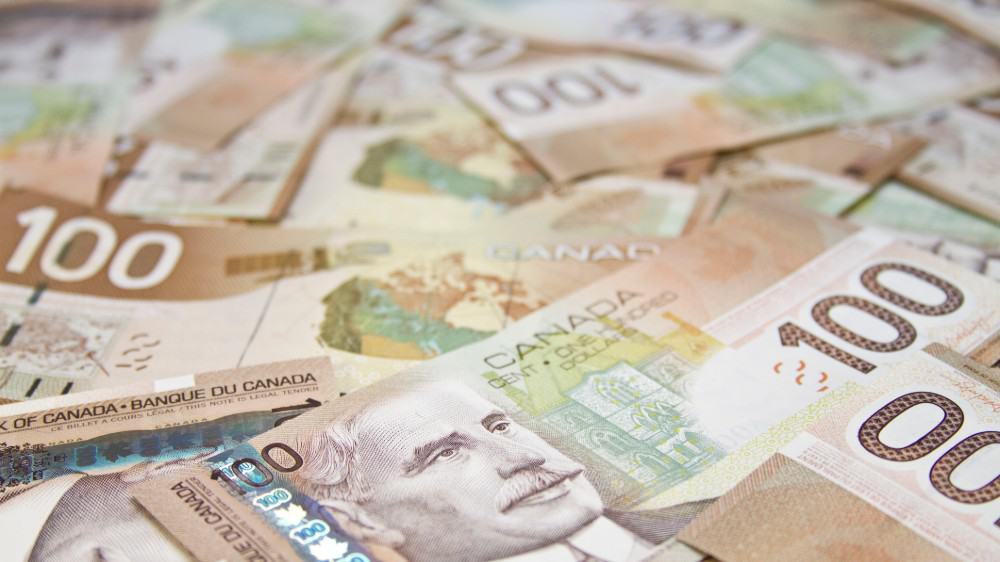The Canada Emergency Response Benefit (CERB) was much-needed help at the beginning of the COVID-19 pandemic. Canadians found themselves without jobs, without money, and burning through their savings. This government money meant many families could stay afloat at least financially for the time beginning.
But since the CERB has been introduced, many believe it should be fixed or all together removed. It’s looking more likely that the latter will soon be the case. Although there have been recent extensions, when the most recent extension comes to a conclusion this fall, it’s very likely the benefit will be done permanently.
Don’t panic yet! There are a few things to keep in mind. Most importantly, as the country reopens, there will be funds used for CERB going toward new and existing benefits. The government now wants to make it possible for Canadians to get back to work. So while CERB won’t be around much longer, there is likely to still be financial aid.
On top of this, however, there are ways to help yourself. If you have any funds set aside for saving, now is a great time to invest. Whether it’s CERB or another benefit, you’ll be able to keep cash coming in for decades.
How to replace CERB
If you’re looking to replace CERB, you’ll be looking to replace about $12,000 per year in income. That’s quite a lot of cash, and it means you’re going to have to look at two methods of revenue. The first will come from a growth stock. There are a number of stocks out there trading below fair value thanks to the economic downturn, which means you’ll have to choose the one that could bring in the biggest return each year.
Next, you’ll need a method of passive income through dividend stocks. Banks are a great option in this case, as Canadian banks fared as some of the best in the world after the last recession.
By choosing a Big Six Bank, you stand to make a solid return within a year as the banks continue to trade lower. As well, you’ll receive a strong and stable dividend payout.
Top choices
To replace CERB, the first option I would choose is Nutrien Ltd. (TSX:NTR)(NYSE:NTR). This stock has been overlooked, as it only recently came onto the markets. However, Nutrien is a huge player that is taking over the crop nutrient market.
As arable land becomes scarcer, countries will need Nutrien to supply methods of reinvigorating the soil. The company saw a slight drop due to the pandemic in its most recent earnings, but continued to grow organically and through acquisition. The stock is still down by 27% from pre-crash levels, with a solid dividend yield of 5.49% as of writing.
The next stock I would choose to replace CERB would be Canadian Imperial Bank of Commerce (TSX:CM)(NYSE:CM). This bank stock has the highest dividend yield of the Big Six Banks. It’s also trading below fair value, albeit not as much of a discount as Nutrien.
The bank managed to even increase its dividend yield during the downturn, and should continue to do well after the pandemic is over.
Bottom line
If you were to invest $20,000 into Nutrien, in a year you could be at about $27,240 from growth to pre-crash levels. You would also receive $1,145 in dividends.
Meanwhile, if you invested $20,000 in CIBC, could have $24,731 in a year. You would also receive $1,255 in dividends as of writing. That would bring your growth to $14,371 — well above the $12,000 received from CERB.



